Writing a series wasn’t really the plan.
After several years of writing stories mostly intended to help me level up in my abilities, two years ago I felt I had reached the point where I was writing publishable work. After some debate, I decided to self-publish and began to plan writing my debut novel. I had a few different ideas that were good starting points, but I decided on a fantasy adventure novel focused on a magical portal found on Mount Everest.
I chose this idea for a few reasons:
- I loved the idea. It combined three of my favorite things: fantasy, adventure and the Himalayas. I didn’t want to spend time working on something that didn’t excite me.
- I felt it would be the easiest to market of my available ideas. Everest was a known quantity that I hoped would help me in discoverability, and I felt the setting and concept was something that would stand out.
- The idea had long-term potential. If the Everest book was successful, there were many options for other books that could be written in the same universe.
UNDER EVEREST was written during the next six months as a one-and-done story, with hooks that could lead to other novels in the future if I so chose. When I arrived to the point where I thought I had the book close to launch ready, I consulted my friends who were already self-publishing about how best to move forward.
Consistently they had two questions:
- Could this be a series?
- Could you afford to wait and write more in the series before releasing?
After much thought and consternation, I decided to delay the launch of UNDER EVEREST by a year and re-purpose the project as a trilogy. Since I had a book that was fairly self-contained and I didn’t want to re-write it from the ground up, I decided to mirror what I felt was the methodology of the original STAR WARS film series.
That is:
- Opening story introduces characters and arcs that mostly resolve inside the same story, but with hints to larger problems and a bigger world.
- Second and third stories are essentially one connected tale that ends on a cliffhanger at the conclusion of story two and significantly broadens the world and deepens the characters.
I decided I would outline Books 2 and 3 at the same time and write them in immediate succession, so to better ensure they felt like a connected element. Over a few weeks that outline produced the road map through SEAS OF EVEREST and DRAGONS OF EVEREST, and the rest of 2017 was spent writing those books and modifying UNDER EVEREST to better fit the new model.
Now that I am on the other side of that project and all three books are approaching release, I can look back on the challenges and advantages I discovered while writing an entire trilogy before releasing any of it.
CHALLENGES
Certainly the most immediate challenge to this decision was that I was putting off revenue, likely for a year or more. At the time I had no idea how long it would take me to write two more books in the series, but a release of UNDER EVEREST was now off the table until the other two books could be done. I was fortunate to be in a position where I could afford to wait.
Next I had to take those additional hooks I had left myself and see if there was a workable series there. I had left a lot of dangling threads there, but I didn’t have a solid plan as to where most of them would lead. Additionally I had left myself with a real story challenge in the ending to UNDER EVEREST, scattering my heroes to different locations. Any new story would have to have multiple narratives, which was a challenge I had never tackled before.
ADVANTAGES
The primary advantage should be sales, but I admit that will be hard to prove even after the books release. My hope is I will see more sales and a stronger brand building than if I had released UNDER EVEREST as a stand-alone, but there’s no real way to know that.
As I pushed through this process though, I found myself finding some additional unexpected benefits. As the character’s voices began to grow deeper and stronger in later books, I had the ability to go back to the first book and add those voices from the beginning. I was able to craft themes and character arcs that progressed through all three novels. Most importantly, I could correct plot dead-ends and cul-de-sacs before they ever saw print, cutting or foreshadowing elements as needed.
In short, writing all three books in the series before releasing them allowed me to create a series with a level of cohesion I don’t think I could have achieved writing them one at a time.
IN CONCLUSION
So did it work? I suppose the final truth of that answer is still a few months away when I finally launch the series and get feedback from readers. It certainly meant doing a lot of writing without seeing any return on my investment of money and time. Yet from my perspective the advantages were well worth the tradeoffs. It allowed me more time to find the the true voice for my characters, to be less hamstrung by earlier plot decisions that became dead ends, and most importantly to help me build a cohesive series that I am very proud of.
This is now my new model going forward, and it is one I recommend as long as you can afford the wait between releases.

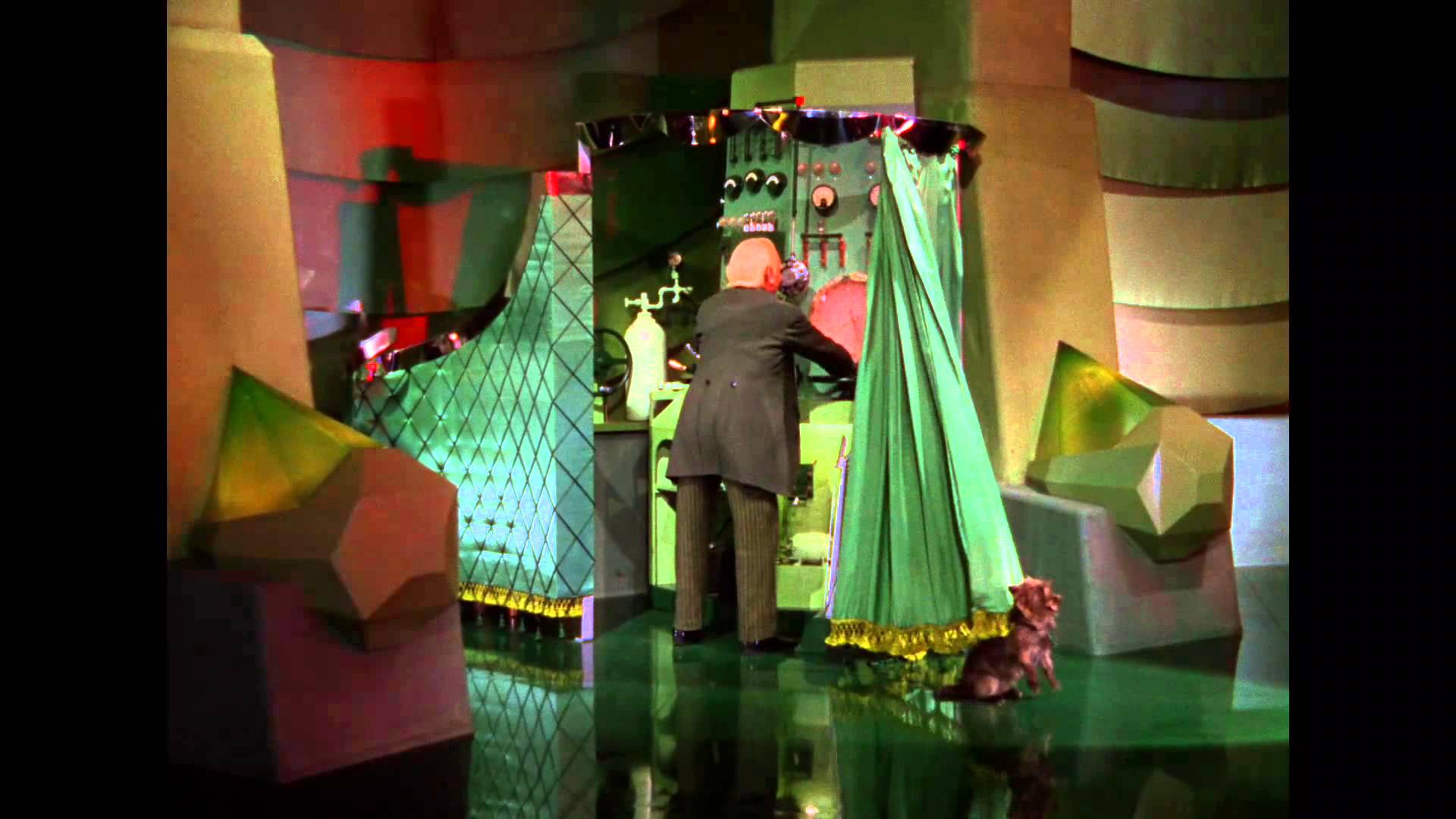 As a child watching The Wizard of Oz, I never suspected a bumbling old man hiding behind a curtain to be the “great and terrible Oz.” I was completely taken aback when Toto pulled back the drapes and revealed the traveling salesman who was pushing all the levers and buttons. I still revel in the concept of a man behind a curtain, but I prefer much darker motives, the pushing of people’s buttons more than any machine, and a more illusory curtain. A good example of this is Brandon Sanderson’s
As a child watching The Wizard of Oz, I never suspected a bumbling old man hiding behind a curtain to be the “great and terrible Oz.” I was completely taken aback when Toto pulled back the drapes and revealed the traveling salesman who was pushing all the levers and buttons. I still revel in the concept of a man behind a curtain, but I prefer much darker motives, the pushing of people’s buttons more than any machine, and a more illusory curtain. A good example of this is Brandon Sanderson’s 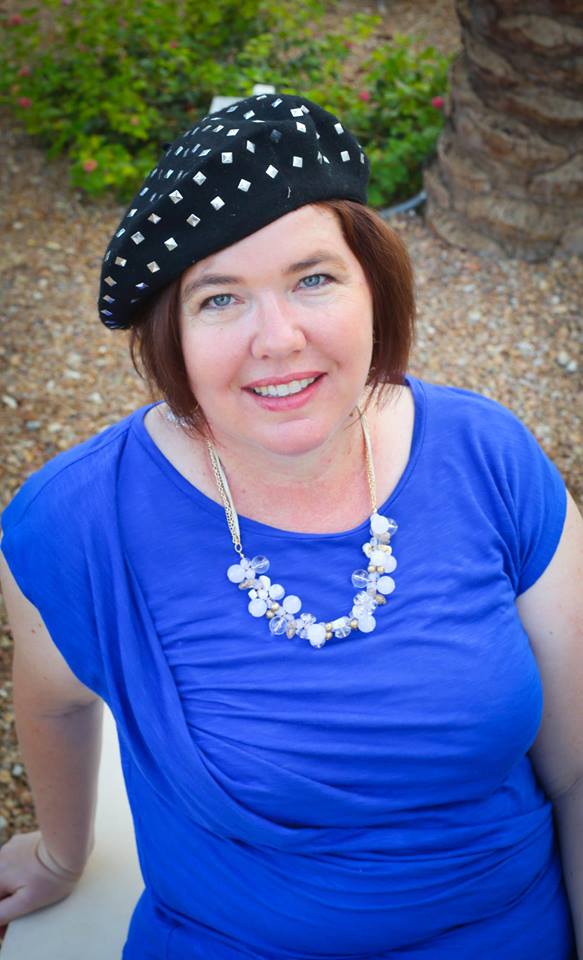
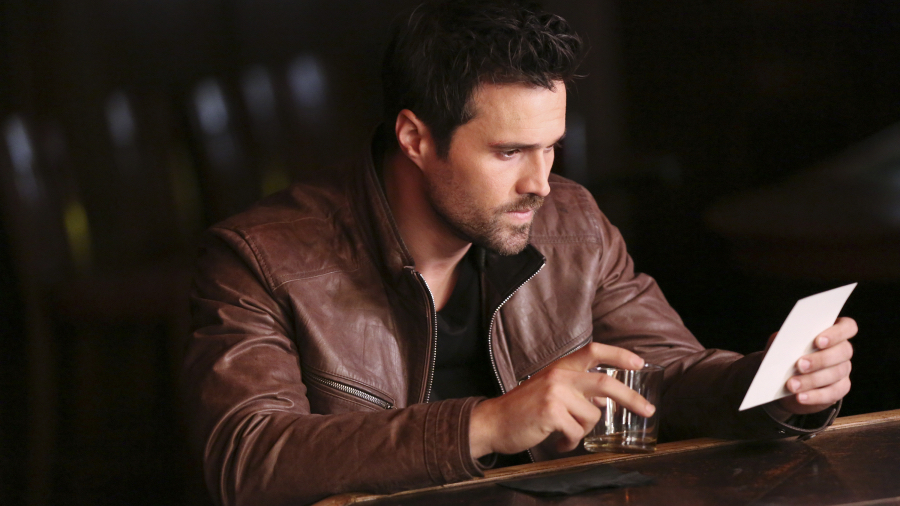 For all of you “Agents of Shield” fans, I think you’ll remember that wrench in your gut when you realized, but didn’t want to admit, that Grant Ward was Hydra. Not only was he Hydra, but he was also quite psycho. Everyone’s favorite character started betraying and killing all of his friends. Except for the recently acquired girlfriend, whom he creepily stalked.
For all of you “Agents of Shield” fans, I think you’ll remember that wrench in your gut when you realized, but didn’t want to admit, that Grant Ward was Hydra. Not only was he Hydra, but he was also quite psycho. Everyone’s favorite character started betraying and killing all of his friends. Except for the recently acquired girlfriend, whom he creepily stalked.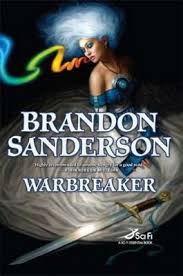 r not effect his own goals or must further them in some way. He can save his friend’s life, it can seem that it’s because he legitimately cares, and we can find out later that it was only because the backstabber needed information. Besides Grant Ward in Agents of Shield, another great example is in Brandon Sanderson’s Warbreaker. (spoiler alert) Throughout the entire novel, Siri finds in Bluefingers a confidante she can trust, until the very end when he and the Pahn Kahl people turn against her and the kingdom. He was the one person she thought she could trust and with that paradigm shift is a plot twist that changes everything.
r not effect his own goals or must further them in some way. He can save his friend’s life, it can seem that it’s because he legitimately cares, and we can find out later that it was only because the backstabber needed information. Besides Grant Ward in Agents of Shield, another great example is in Brandon Sanderson’s Warbreaker. (spoiler alert) Throughout the entire novel, Siri finds in Bluefingers a confidante she can trust, until the very end when he and the Pahn Kahl people turn against her and the kingdom. He was the one person she thought she could trust and with that paradigm shift is a plot twist that changes everything.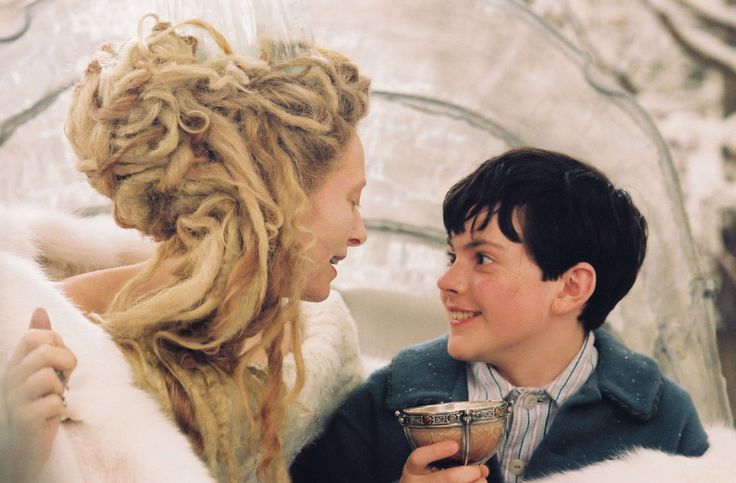 ueen in The Lion, the Witch, and the Wardrobe? We see his betrayal coming, but his poor siblings have no idea until he’s gone. We can unfold the tragedy with carefully placed clues that the reader puts together piece by piece, gradually discerning the awful news that they hate to admit may be true, like in the famed Narnia series. We can also slam the reader with the betrayal for greater impact, putting them suddenly on the edge of their seats as they wait for the protagonist to find out. Either way works and I think the best choice is whichever one fits with the flavor of your book. Is it wrought with mystery so the betrayal is one of many factors or is it a book of many twists, turns, and tragedies where this can be one more layer on the cake?
ueen in The Lion, the Witch, and the Wardrobe? We see his betrayal coming, but his poor siblings have no idea until he’s gone. We can unfold the tragedy with carefully placed clues that the reader puts together piece by piece, gradually discerning the awful news that they hate to admit may be true, like in the famed Narnia series. We can also slam the reader with the betrayal for greater impact, putting them suddenly on the edge of their seats as they wait for the protagonist to find out. Either way works and I think the best choice is whichever one fits with the flavor of your book. Is it wrought with mystery so the betrayal is one of many factors or is it a book of many twists, turns, and tragedies where this can be one more layer on the cake?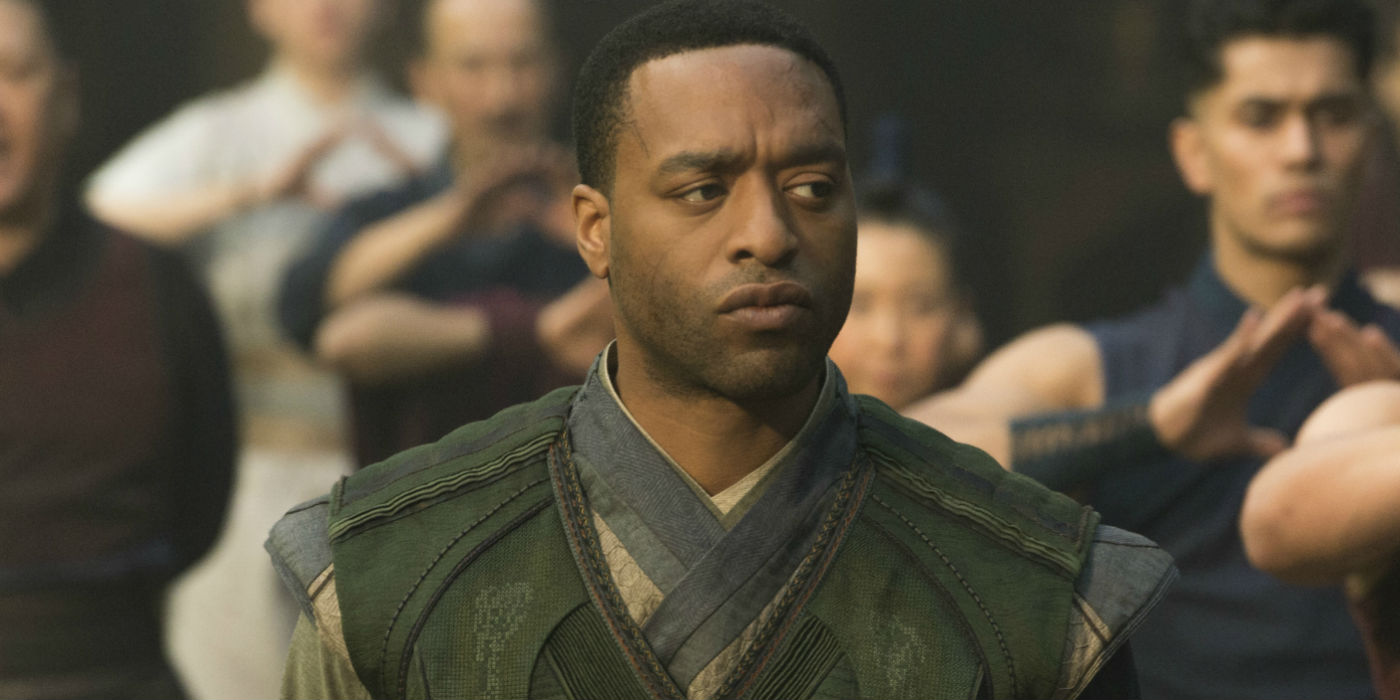 es for him. Mordo’s negative reaction when he discovers their leader has been using forbidden magic all along is a sign that not all is well. Mordo seems to come around, helping Doctor Strange save the world, and it’s not certain what Mordo will do until the moment comes. Even Mordo doesn’t seem certain what he’ll do. And then he turns his back on his friends and becomes the next super-villain. If we hadn’t already known that Anakin becomes Darth Vader, we might have been on the edge of our seats wondering if he’d really turn to the dark side or come to his senses. Because we do know, it becomes an example for the scenario above. We know it will happen, but how and when is the question. I think the unsure betrayer is one of the most compelling and heart-wrenching scenarios in fiction. It gives our protagonist’s friend a great sense of depth as they struggle with the decision. This one is also hard to pull off well, because we must show those forces of good and evil push and pull in a side character while still keeping the protagonist as the focus. Done well, it’s quite powerful.
es for him. Mordo’s negative reaction when he discovers their leader has been using forbidden magic all along is a sign that not all is well. Mordo seems to come around, helping Doctor Strange save the world, and it’s not certain what Mordo will do until the moment comes. Even Mordo doesn’t seem certain what he’ll do. And then he turns his back on his friends and becomes the next super-villain. If we hadn’t already known that Anakin becomes Darth Vader, we might have been on the edge of our seats wondering if he’d really turn to the dark side or come to his senses. Because we do know, it becomes an example for the scenario above. We know it will happen, but how and when is the question. I think the unsure betrayer is one of the most compelling and heart-wrenching scenarios in fiction. It gives our protagonist’s friend a great sense of depth as they struggle with the decision. This one is also hard to pull off well, because we must show those forces of good and evil push and pull in a side character while still keeping the protagonist as the focus. Done well, it’s quite powerful.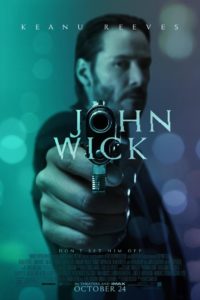 Consider as an example the action/adventure film John Wick. The introduction and inciting incident occur in the first fifteen minutes of the movie and the climax occurs at roughly one hour and fifteen minutes. Taken at a very high level, what happens during the hour between those two points? First, there is a period of milieu and character work to establish the character of John Wick and the rest of the world. Then there is a beating delivered by the big bad and the big bad’s first try/fail cycle to resolve the issue without violence. This is followed by a gun fight, a short period of world exploration, a gun fight, a brief pause for recovery, a fist fight, a briefer pause for a few wise cracks, a gun fight, a yet briefer pause in which John Wick sets some stuff on fire, and once again a gun fight that ends in a capture sequence. John then escapes captivity and dives straight into the climax of the movie. The tension is not allowed to slacken for a moment because John is near constantly either in danger and/or kicking some ass.
Consider as an example the action/adventure film John Wick. The introduction and inciting incident occur in the first fifteen minutes of the movie and the climax occurs at roughly one hour and fifteen minutes. Taken at a very high level, what happens during the hour between those two points? First, there is a period of milieu and character work to establish the character of John Wick and the rest of the world. Then there is a beating delivered by the big bad and the big bad’s first try/fail cycle to resolve the issue without violence. This is followed by a gun fight, a short period of world exploration, a gun fight, a brief pause for recovery, a fist fight, a briefer pause for a few wise cracks, a gun fight, a yet briefer pause in which John Wick sets some stuff on fire, and once again a gun fight that ends in a capture sequence. John then escapes captivity and dives straight into the climax of the movie. The tension is not allowed to slacken for a moment because John is near constantly either in danger and/or kicking some ass.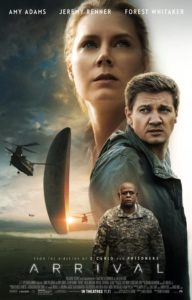 I believe that the story of Arrival works as well as it does because everyone goes into a first contact story expecting an overt conflict between humanity and the aliens. However, twists this trope on its head, which is intriguing in and of itself. The main story is a mystery driven by the question, “What do the aliens want?” Along the way, we the audience are given pieces of the puzzle in such a way that they don’t all come together until the very end. This plotting structure latches onto our fundamental human curiosity and pulls us forward with the illusion of progress towards getting an ultimate answer.
I believe that the story of Arrival works as well as it does because everyone goes into a first contact story expecting an overt conflict between humanity and the aliens. However, twists this trope on its head, which is intriguing in and of itself. The main story is a mystery driven by the question, “What do the aliens want?” Along the way, we the audience are given pieces of the puzzle in such a way that they don’t all come together until the very end. This plotting structure latches onto our fundamental human curiosity and pulls us forward with the illusion of progress towards getting an ultimate answer. First is by introducing conflict internal to the relationship. By giving the romantic interests compelling personal conflicts and reservations, you allow them to stand in the way of their own happiness. It’s important to note that the reasons holding your characters apart need to be fundamental to their character, something substantial enough that it can withstand several try/fail cycles and significant enough that it poses a legitimate threat to the relationship. An example of this technique can be found in the early relationship between Eve Dallas and Roarke in Naked in Death by JD Robb. During her investigation of a sensitive homicide, Lieutenant Dallas meets Roarke and sparks fly. She feels conflicted because she can’t eliminate him as a suspect in her case, but also increasingly can’t deny her developing feelings for him. Her gut tells her that Roarke is innocent, but she can’t prove it. Robb draws us through the romantic arc by having Dallas’ blooming feelings clash with her sense of duty.
First is by introducing conflict internal to the relationship. By giving the romantic interests compelling personal conflicts and reservations, you allow them to stand in the way of their own happiness. It’s important to note that the reasons holding your characters apart need to be fundamental to their character, something substantial enough that it can withstand several try/fail cycles and significant enough that it poses a legitimate threat to the relationship. An example of this technique can be found in the early relationship between Eve Dallas and Roarke in Naked in Death by JD Robb. During her investigation of a sensitive homicide, Lieutenant Dallas meets Roarke and sparks fly. She feels conflicted because she can’t eliminate him as a suspect in her case, but also increasingly can’t deny her developing feelings for him. Her gut tells her that Roarke is innocent, but she can’t prove it. Robb draws us through the romantic arc by having Dallas’ blooming feelings clash with her sense of duty.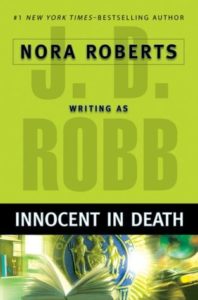 The second option is to introduce some element of external conflict, where your romantic interests strive together to try to overcome a barrier from outside the relationship. Again whatever the threat is, it needs to be big enough to possibly end the relationship. Twenty three books later in Innocent in Death, Robb introduces one of Roarke’s old girlfriends into the storyline to give Eve an extra emotional complication on top of her homicide investigation. The ex-girlfriend’s presence causes friction between Eve and Roarke and in so doing threatens their, by then well established, relationship. In both cases, the emotional distance between the characters drives our readers forward; they want to make sure that Eve and Roarke end up together.
The second option is to introduce some element of external conflict, where your romantic interests strive together to try to overcome a barrier from outside the relationship. Again whatever the threat is, it needs to be big enough to possibly end the relationship. Twenty three books later in Innocent in Death, Robb introduces one of Roarke’s old girlfriends into the storyline to give Eve an extra emotional complication on top of her homicide investigation. The ex-girlfriend’s presence causes friction between Eve and Roarke and in so doing threatens their, by then well established, relationship. In both cases, the emotional distance between the characters drives our readers forward; they want to make sure that Eve and Roarke end up together.